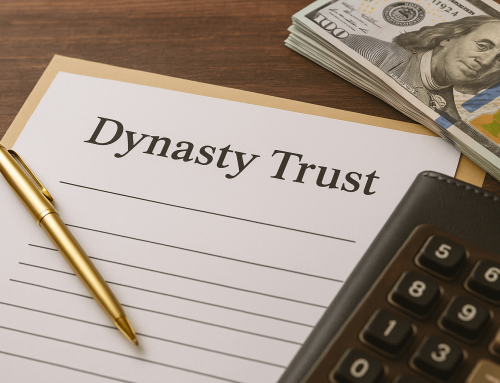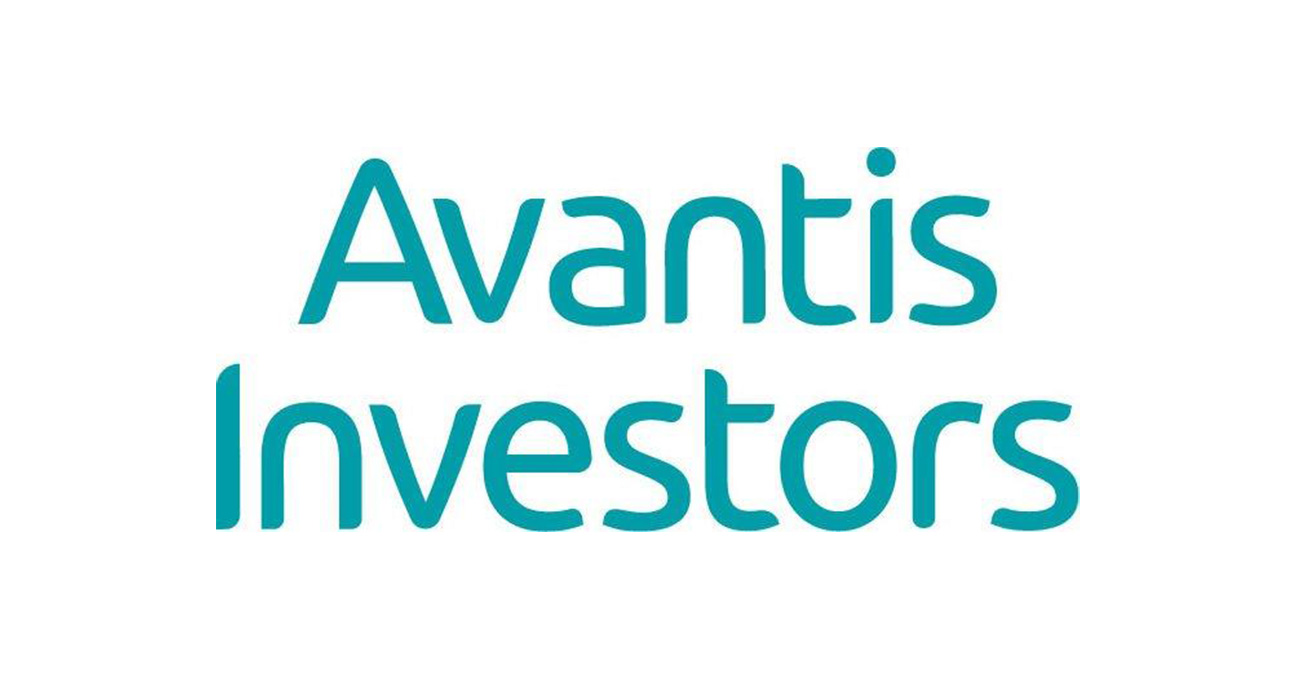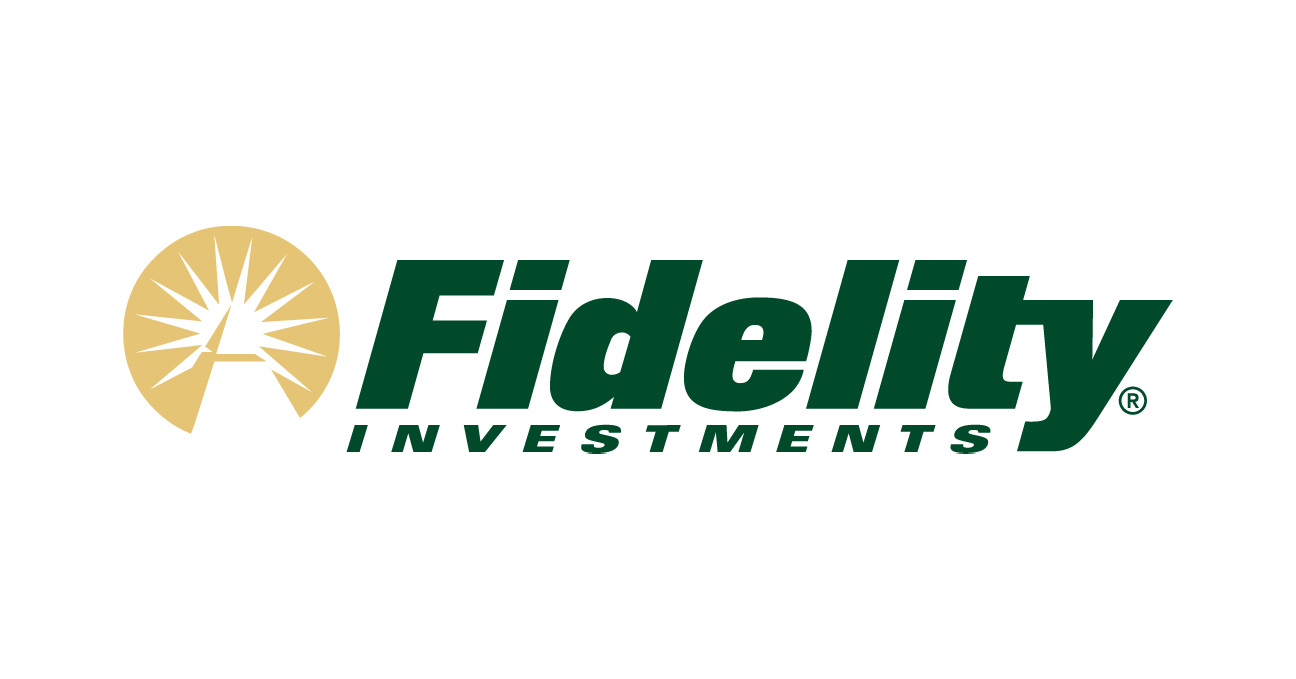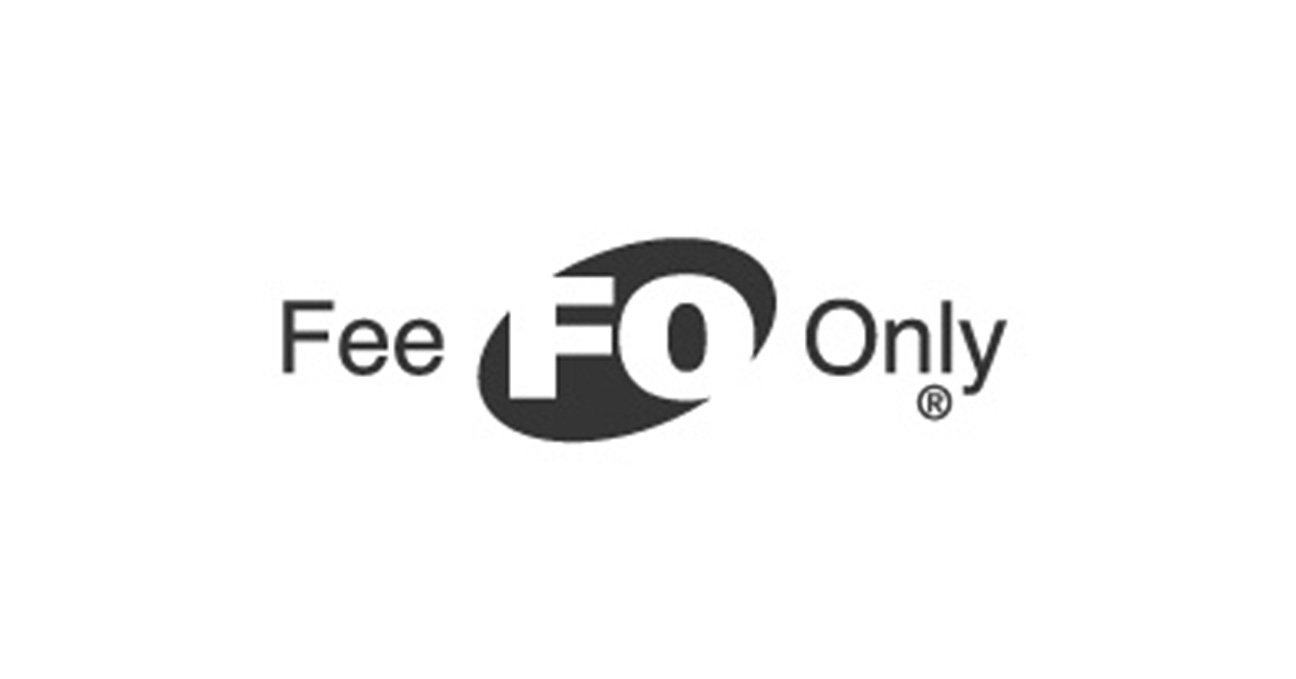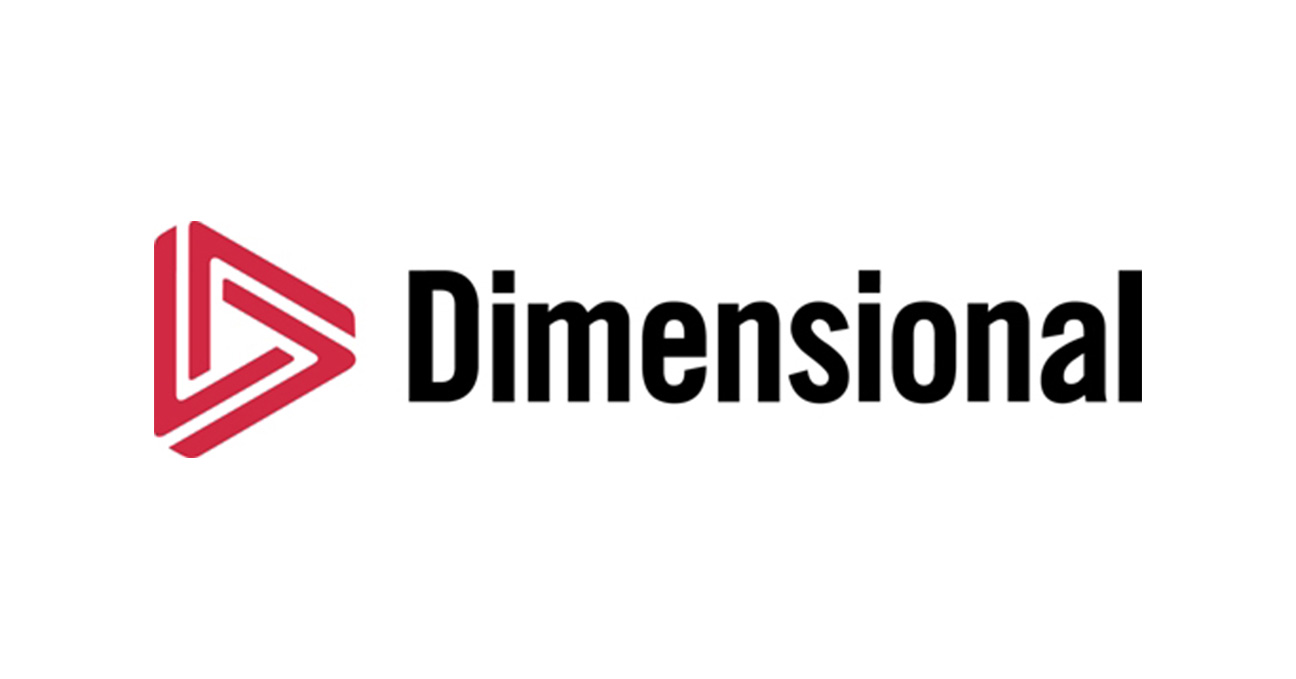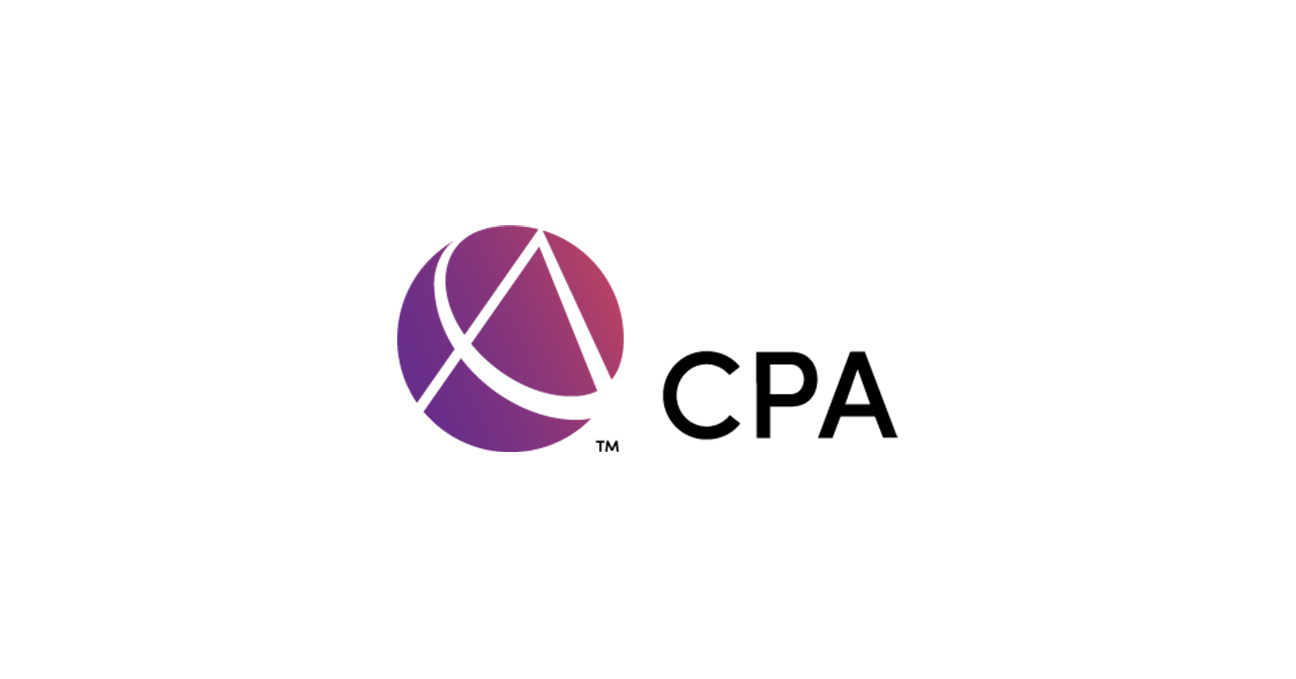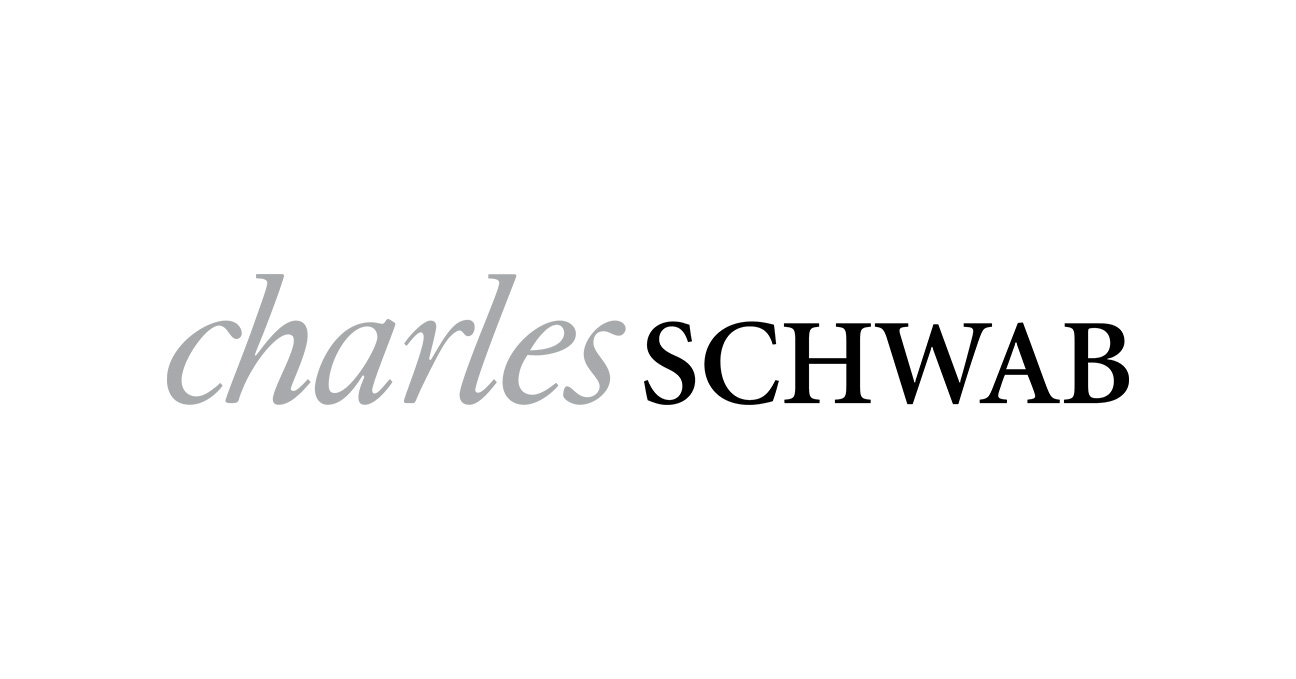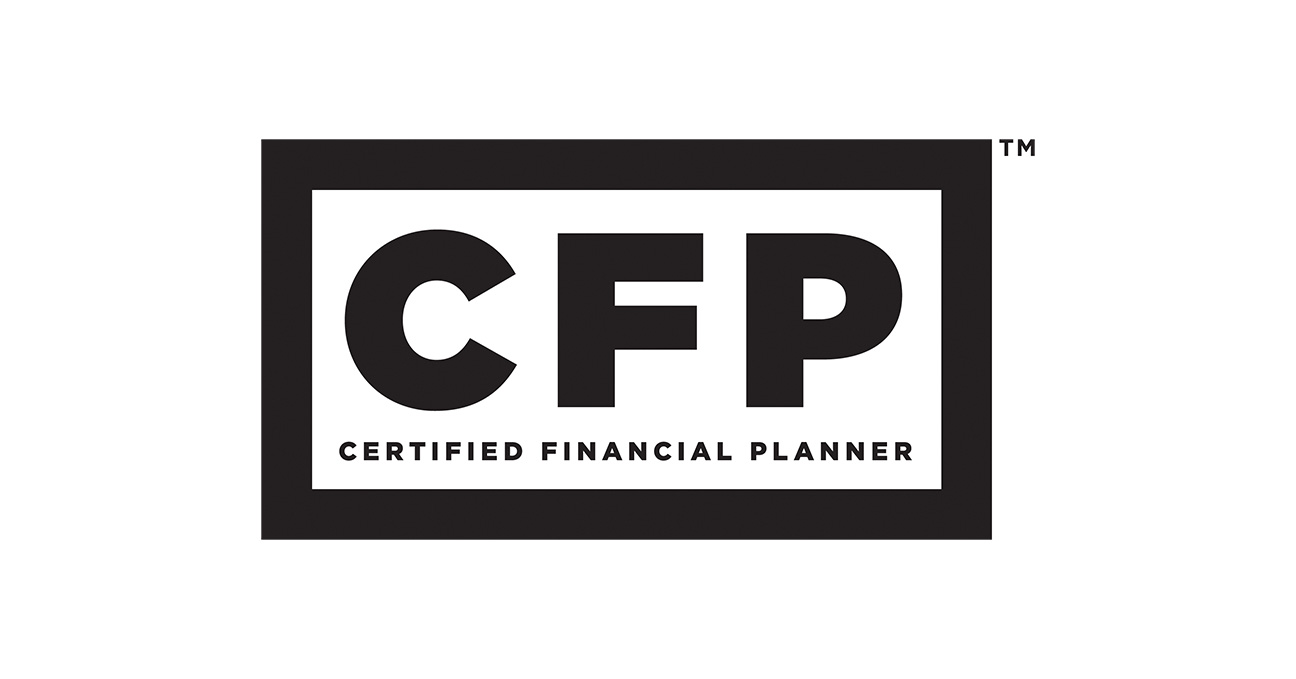Photo by The New York Public Library on Unsplash
Tax efficiency has always been a cornerstone of smart investing. As innovation reshapes how investors build portfolios, two powerful tools have emerged in the tax optimization toolkit: exchange-traded funds (ETFs) and direct indexing. Each offers compelling benefits. Each comes with trade-offs.
This deep dive explores how they compare and when one may outperform the other for tax-conscious investors.
Understand the basics
ETFs are pooled investment vehicles that track an index, sector, commodity, or strategy. Most are passively managed. Their structure allows for intraday trading, low costs, and relatively high tax efficiency due to an internal mechanism called the “in-kind redemption process.”
Direct indexing replicates an index’s performance by purchasing the individual stocks in that index directly. Investors hold the underlying securities rather than owning shares of an ETF or mutual fund, allowing for greater personalization and more granular tax-loss harvesting.
How ETFs deliver tax efficiency
The hallmark of ETF tax efficiency is the in-kind redemption process. When large investors redeem ETF shares, they typically receive a basket of securities instead of cash. This process avoids triggering capital gains inside the fund.
Most ETFs are passively managed. Low turnover means fewer taxable events. When you combine low turnover with the in-kind mechanism, you get an investment designed to minimize distributions.
For many investors, especially those in taxable accounts, ETFs have been the default choice for tax-efficient market exposure.
The rise of direct indexing
Until recently, direct indexing was primarily available to ultra-high-net-worth individuals. Technology has changed that. Today, platforms such as Vanguard Personalized Indexing, Fidelity’s Customized Indexing, and offerings from Parametric and Aperio make direct indexing more accessible to a broader investor base.
Here’s how it works: Rather than buying an S&P 500 ETF, for example, you buy the 500 stocks in the index in their respective weights. From there, you can tailor the portfolio to meet personal goals. Want to exclude fossil fuel companies or overweight tech stocks? No problem. Prefer to minimize short-term capital gains? You can direct the strategy accordingly.
But the real tax optimization advantage comes from tax-loss harvesting. Because you own individual stocks, you can sell losers to offset gains, then buy similar (but not identical) securities to maintain market exposure. This process can be repeated across hundreds of holdings annually, even daily in some systems.
Compare tax-loss harvesting opportunities
Tax-loss harvesting is the clearest battleground in this debate.
With ETFs, you can harvest losses when the overall fund declines. However, that opportunity only arises when the entire ETF drops below your purchase price.
With direct indexing, harvesting is far more nuanced. Even if the overall index is up, individual stocks may be down. This creates consistent loss-harvesting opportunities. For example, if you bought the S&P 500 in January and it rose 10% by year-end, an ETF investor would have no harvesting opportunity. A direct indexing investor might still harvest losses from underperforming sectors or individual stocks like banks or consumer goods.
Over time, this can produce significant tax alpha, which is the incremental after-tax return generated through tax-smart management.
Customization and values alignment
Beyond taxes, direct indexing offers customization that ETFs can’t match.
Investors can exclude specific stocks or industries. This ability is especially valuable for those with concentrated holdings in employer stock or those with strong environmental, social, or governance (ESG) preferences.
An ETF is a one-size-fits-all solution.
Direct indexing allows you to tailor portfolios to align with both financial and personal goals.
Cost and complexity
ETFs are simple. You buy them like stocks, and you’re done. They often have low expense ratios of 0.03% to 0.15%, and there are no customization or platform fees in most cases.
Direct indexing is more complex. Investors may pay a platform or advisory fee in addition to trading costs, though many custodians now offer commission-free trading.
Tax reporting is also more involved. Holding 500 individual stocks means 500 lines on your 1099. Some platforms automate this, but it still adds administrative weight.
When ETFs may be better
Here are some scenarios where Exchange-Traded Funds (ETFs) can be particularly advantageous:
- You’re looking for simplicity and low cost
- You have a smaller taxable portfolio
- You don’t want to manage or monitor many individual holdings
- You want broad diversification with minimal effort
- You prefer tax efficiency without active oversight
When direct indexing may be better
Here are some scenarios where direct indexing can be particularly advantageous:
- You want to maximize tax-loss harvesting opportunities
- You value personalization or have ESG preferences
- You have large legacy stock positions to work around
- You have significant taxable gains elsewhere that you want to offset
- You’re in a high-income tax bracket where loss harvesting is more valuable
Hybrid approaches
Some investors combine both strategies. They may use ETFs for international or small-cap exposure (where direct indexing is harder) and use direct indexing for U.S. large-cap exposure to capture losses more actively.
Others use direct indexing in taxable accounts and ETFs in tax-advantaged accounts. This can provide optimal efficiency in each location.
The future of tax-aware investing
Direct indexing is no longer just for the ultra-wealthy. As platforms improve and costs decline, it’s likely to become a mainstream option for high-income investors.
ETFs remain an excellent default for most investors. They offer broad exposure, low costs, and embedded tax advantages that are hard to beat. Yet for investors seeking to manage their tax picture actively, direct indexing may unlock a higher level of control and optimization.
Final thoughts
Direct indexing and ETFs each offer compelling value. The right choice depends on your tax situation, portfolio size, and desire for customization.
For many investors, this is not an either-or decision. A thoughtful advisor can help blend both strategies into a cohesive, tax-smart portfolio that reflects your goals.



